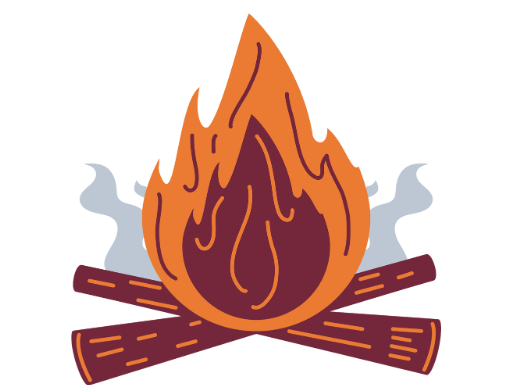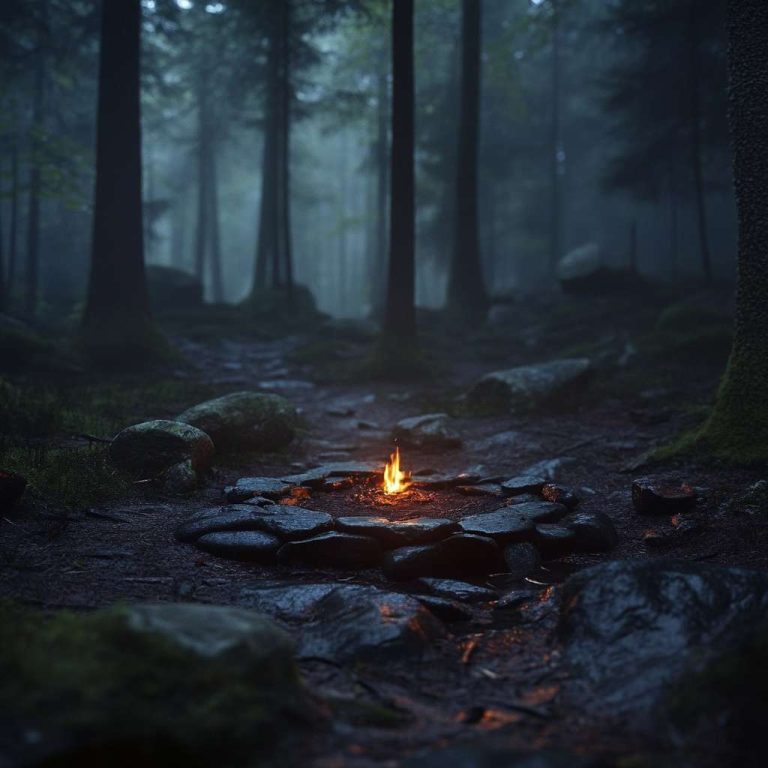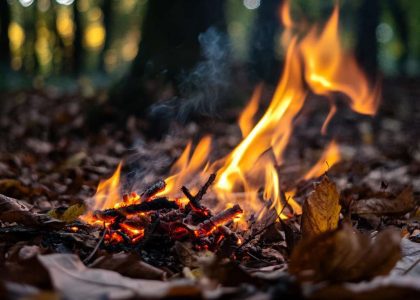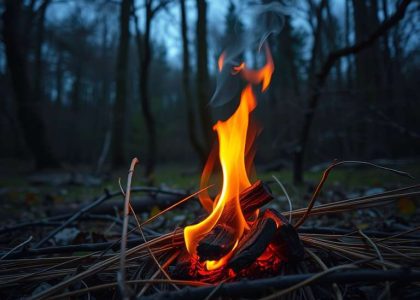Starting a fire can transform your outdoor experience, whether you’re grilling, camping, or enjoying a cozy night by the fire pit. But how do you ensure that your fire ignites easily and burns safely? In this article, we’ll delve into the essentials of starting a fire with lighter fluid, covering everything from the necessary materials to the safety precautions you should take. 💡 Understanding the right techniques not only enhances your fire-starting success but also minimizes risks associated with flammable substances.
We’ll explore key aspects such as proper application techniques, the advantages of using natural fire starters, and the potential risks involved in using lighter fluid. Discover how careful preparation and mindful practices can lead to a successful fire, making your outdoor activities more enjoyable and safe.
What Materials Do You Need to Start a Fire with Fluid?
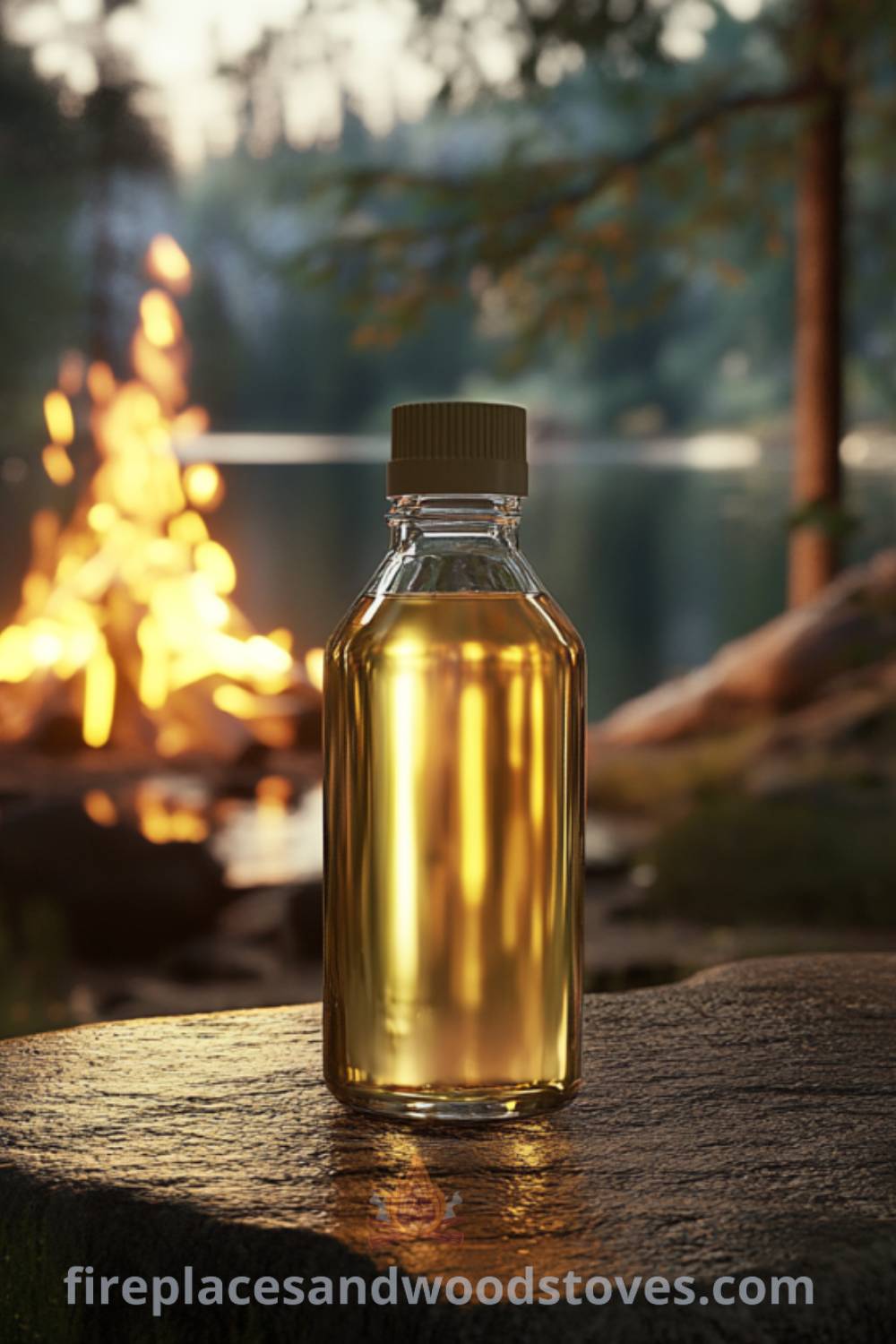
Opening your fire-starting toolkit with the right materials will set you up for success. Starting a fire with lighter fluid requires specific materials to ensure a safe and effective ignition. Here’s what you’ll need:
- Lighter Fluid: Use charcoal lighter fluid, an aliphatic petroleum solvent, for igniting charcoal in barbecue grills. Alternatively, naphtha-based lighter fluid is suitable for wick-type lighters and burners. Always follow the manufacturer’s instructions for safe use.
- Charcoal: Both lump charcoal and briquettes are compatible with lighter fluid. Lump charcoal burns hotter and faster, while briquettes offer a steady, long-lasting heat, making them ideal for different grilling needs.
- Fire Starter: If you prefer not to use lighter fluid, natural fire starters like wax-infused cubes and pine rolls are excellent alternatives. These eco-friendly options are waterproof, odorless, and easy to ignite, burning consistently for 8–10 minutes. They’re ideal for grilling, fireplaces, stoves, fire pits, and outdoor use in wet or windy conditions.
- Kindling: Employ small, dry twigs and branches to help the fire establish itself. Arrange them in a teepee or log cabin structure to promote airflow and efficient burning, ensuring a robust and sustained flame.
| Material | Type | Burn Characteristics |
|---|---|---|
| Lighter Fluid | Chemical | Rapid ignition but may pose flare-up risks |
| Fire Starters | Natural | Eco-friendly, easy ignition even in damp conditions |
By selecting the right materials, you can effectively start a fire with lighter fluid or alternative fire starters while ensuring safety and efficiency. Preparing these materials ahead of time not only sets the stage for a successful fire but also makes your outdoor experience smoother.
How to Properly Apply Lighter Fluid?
Applying lighter fluid correctly is crucial for ensuring a safe and effective fire-starting process. Follow these steps to achieve optimal results:
- Arrange Charcoal Properly: Form a small pyramid or mound with your charcoal to enhance coal-to-coal contact, promoting better fire spread and ensuring even ignition. 💡
- Apply Lighter Fluid: Carefully pour approximately 1.6 fluid ounces of lighter fluid per pound of charcoal over the mound. Ensure even distribution without over-saturating the charcoal. Light the charcoal immediately after application to prevent the fluid from evaporating.
- Allow Charcoal to Ignite: Wait 10 to 15 minutes for the charcoal to burn off the lighter fluid and become covered with gray ash. This indicates that the charcoal is ready for cooking, providing a steady and reliable heat source.
Common Beginner Mistakes
- Overusing Lighter Fluid: Applying too much lighter fluid can unnecessarily increase the risk of flare-ups and create unsafe conditions.
- Lighting the Fire Too Late: Waiting too long before lighting can cause the fluid to evaporate, leading to difficulty in igniting the charcoal.
- Forgetting Safety Measures: Neglecting to ensure proper ventilation can lead to harmful inhalation of fumes. Always prioritize safety while using flammable materials.
Safety Precautions:
- Avoid Indoor Use: Never use lighter fluid indoors, especially in fireplaces, due to the risk of explosive flare-ups and potential property damage.
- Store Properly: Keep lighter fluid in a cool, dry place, away from children and pets. Ensure the cap is securely fastened to prevent leaks and accidental exposure.
What Safety Precautions Should You Follow When Using Lighter Fluid?
Using lighter fluid can be an effective way to start a fire, but it’s essential to follow safety precautions to prevent accidents and ensure a safe experience. Key measures include:
- Store Safely: Keep lighter fluid out of reach and sight of children. Ingestion can lead to serious health issues, including breathing difficulties and chemical pneumonia.
- Use in Well-Ventilated Areas: Never use lighter fluid indoors or in poorly ventilated spaces due to the inhalation of harmful fumes that can cause dizziness and irritation.
- Avoid Adding to Hot Coals: Never add lighter fluid to already hot coals, as this can cause an explosion. Instead, apply the fluid to cold charcoal and light it immediately.
- Prevent Direct Contact: Avoid direct contact with skin and eyes. If accidental contact occurs, wash thoroughly with soap and water to avert irritation.
To bolster safety, consider natural fire starters, which minimize chemical exposure. Natural alternatives can ignite more gradually, providing valuable time to ensure safety measures are observed.
How Do Natural Fire Starters Enhance Fire Ignition?
Natural fire starters such as wax-infused cubes and pine rolls enhance the fire-starting process by addressing many of the concerns associated with traditional lighter fluid. Here’s how they improve efficiency and safety:
- Quick Ignition: These starters are designed for rapid ignition, which is especially useful when time is of the essence.
- Long Burning Time: Natural fire starters provide an extensive burn time of 8–10 minutes, allowing enough time for larger logs or charcoal to catch fire.
- Waterproof Properties: Thanks to their construction, they remain effective even in wet weather, ensuring a successful fire-starting experience no matter the conditions.
- Environmental Safety: Natural fire starters are eco-friendly and non-toxic, making them a healthier alternative that reduces the risk of chemical exposure.
- Cost-Effectiveness: Many natural starters can be made from common household items, providing a budget-friendly option for outdoorsmen.
| Fire Starter Type | Material | Features |
|---|---|---|
| Wax-Infused Cubes | Wax and sawdust | Easy ignition, burns efficiently |
| Pine Rolls | Pine resin | Natural scent, effective in various environments |
| DIY Variety | Household items | Affordable, customizable |
Incorporating natural fire starters into your fire-starting routine enhances ignition by providing a safe, efficient alternative to lighter fluid. For unique approaches to starting fires, consider using the environment creatively, such as leveraging surrounding materials like dry leaves or bark as supplementary kindling.
*As an Amazon Associate I earn from qualifying purchases
What Are the Risks of Using Lighter Fluid?
While lighter fluid can effectively start fires, it poses several risks users should be aware of. Understanding these dangers can help you take necessary precautions and consider safer alternatives.
- Flare-Ups: The highly flammable nature can lead to sudden bursts of flame. Maintain distance when igniting fluid-soaked materials, and never lean over the setup.
- Chemical Exposure: Inhaling fumes can cause respiratory irritation and health complications; always ensure you’re in a well-ventilated area while handling it.
- Environmental Impact: The combustion process releases volatile organic compounds (VOCs), contributing to pollution. Consider the ecological footprint of your fire-starting methods.
- Accidental Ingestion: Extremely dangerous if consumed, particularly by children. It can cause serious health complications, highlighting the importance of safe storage practices.
In light of these risks, integrating natural fire starters can reduce health and environmental concerns while ensuring a successful ignition process. They serve as an effective alternative to lighter fluid without the associated risks, making them well-suited for various fire-starting situations.
🎒 Essential Tools for Reliable Ignition
For those interested in advancing their fire-starting techniques, there are various tools and techniques that can complement the use of lighter fluid or serve as alternatives entirely. Here’s a detailed look at some of the most useful options:
- Firestarter Kits: These kits often include multiple types of fire starters, kindling, and sometimes even a durable carrying case. They’re perfect for camping or survival situations.
- Steel Wool and Batteries: A combination of steel wool and batteries can create an intense spark. This method is effective for starting fires in challenging conditions.
- Fire Piston: A fire piston uses compressed air to ignite tinder. This traditional tool is compact and reduces reliance on flammable liquids.
- Magnifying Glass: Harness sunlight to start fires in dry conditions. A magnifying glass can focus sunlight onto a small area, igniting tinder.
Experimenting with different methods can add depth to your outdoor experiences, allowing adaptation to various environmental conditions and personal preferences.
